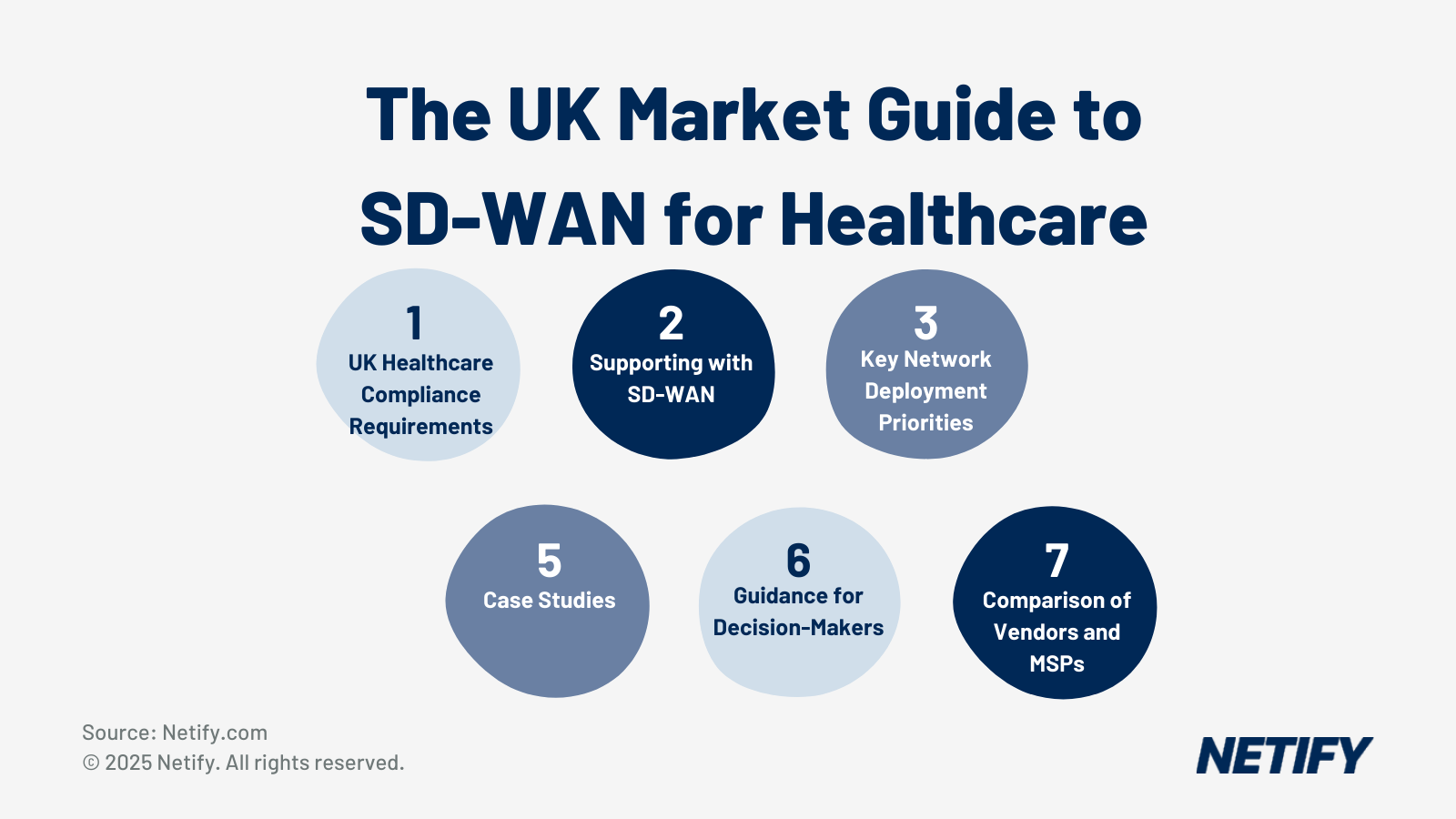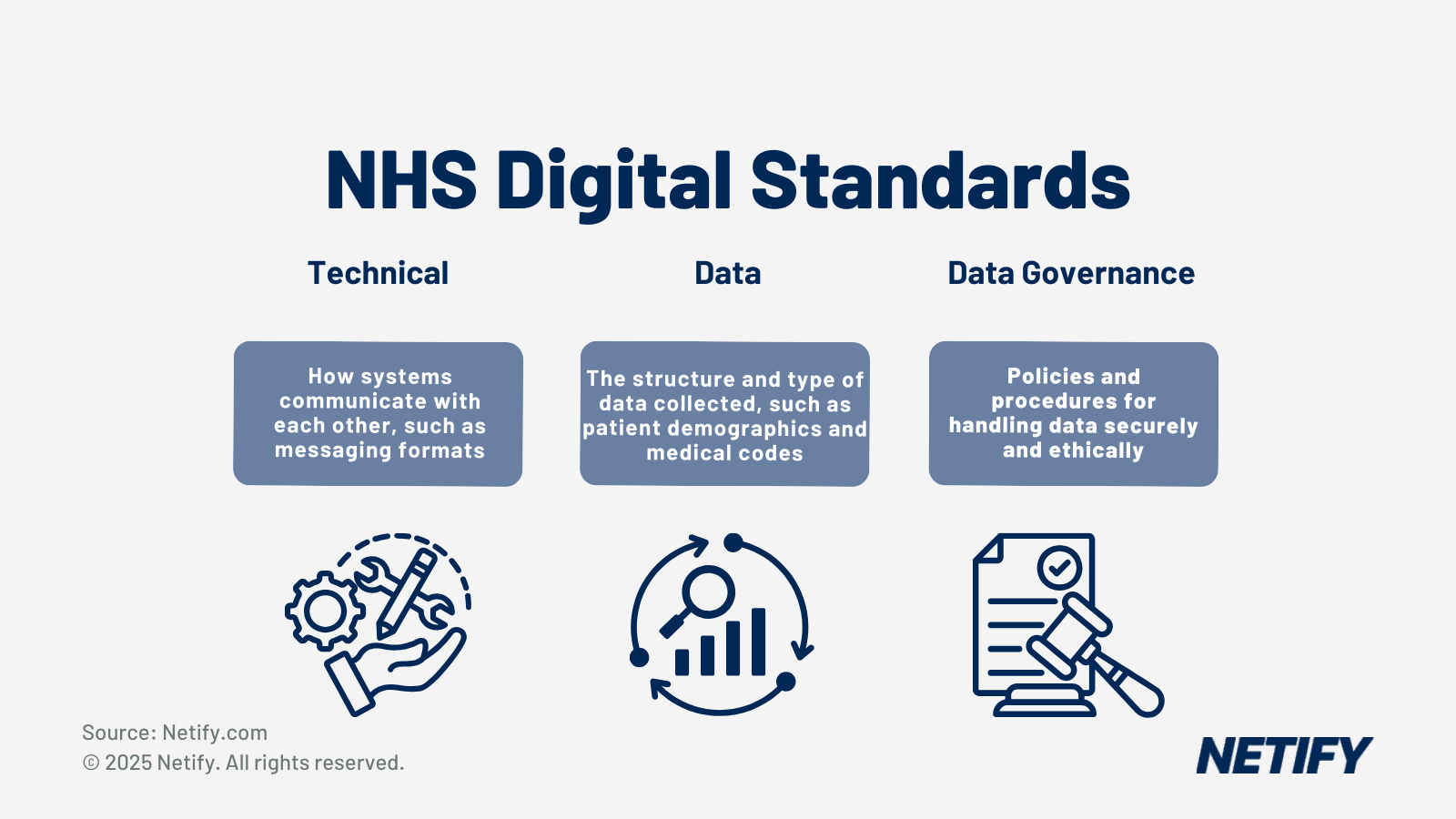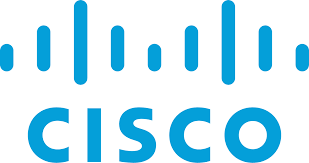Supporting Applications in the Healthcare Industry with SD-WAN
When choosing SD-WAN for healthcare, it's essential to consider its implications on applications that require support - which may also need integrations for the likes of privileged access management/identity and access management.
EMIS Web (GP System)
EMIS Web is the UK’s leading GP clinical system, enabling appointment booking, patient consultations, electronic medical records, prescriptions and data sharing across network resources and healthcare services.
SD-WAN improves EMIS Web by improving reliable connectivity, reducing system outages, prioritising clinical application traffic, improving security and enabling connectivity from across multiple healthcare sites and remote users.
TPP SystmOne
TPP SystmOne is a centrally hosted clinical system providing a single, shared electronic health record for all patients, used widely across UK healthcare environments.
SD-WAN's dynamic path selection ensures SystmOne traffic always takes the optimal network route, reducing latency and improving clinician productivity during patient consultations. For healthcare organisations using SystmOne across multiple care settings (primary, community, acute), SD-WAN creates a consistent connection experience regardless of location or facility type.
PACS Imaging System
PACS (Picture Archiving and Communication System) provides the ability to store, retrieve, share and display medical imagery across healthcare facilities, enabling radiologists and clinicians to access diagnostic images regardless of their physical location. SD-WAN's bandwidth optimisation and link aggregation techniques reduce the time required to transfer large imaging files (often 20-500MB per study) between facilities, improving diagnostic workflows and reducing reporting delays.
Further to improving primary connectivity, by providing alternative connection paths, SD-WAN ensures continuous access to archived images even during primary network failures, maintaining business continuity for diagnostic services.
CT/MRI Live Imaging
CT/MRI Live Imaging enables real-time visualisation of internal body structures during diagnostic procedures, requiring high-bandwidth, low-latency connections to transfer complex imaging data instantaneously. SD-WAN's prioritisation ensures sub-second response times for live imaging applications, enabling radiologists to view images in real-time without buffering or delays.
Telehealth & Video Consultations
Telehealth and telemedicine services deliver health services and information remotely, enabling patient-clinician contact, monitoring, education and care beyond in-person visits for improved patient engagement.
Beyond improving bandwidth for live, well-performing consultations, SD-WAN creates segmented, encrypted pathways for telehealth traffic, maintaining GDPR compliance and protecting patient information/patient-doctor communications from unauthorised access and data breaches.
Healthcare IoT & Monitoring
Healthcare IoT & Monitoring utilises medical device connectivity and sensors to analyse patient health data, enabling real-time and remote patient monitoring, all of which is designed to improve patient engagement.
Advanced SD-WAN implementations enable preliminary data analysis at network edge locations, filtering routine measurements whilst prioritising transmission of critical alerts and exceptions - which can significantly improve patient outcomes. On top of this, SD-WAN's network performance analytics help IT teams identify connectivity issues with critical medical devices before they impact patient care, improving equipment uptime and reliability.
Cross-site EHR Systems
Cross-site EHR systems enable secure, real-time sharing of sensitive patient information and health records across different healthcare environments. When patients move between healthcare settings, SD-WAN addresses healthcare challenges, optimising the transfer of medical histories, reducing admission delays and improving care transitions.
It's also worth considering that SD-WAN's logging and reporting features ensuring regulatory compliance with access controls and data protection requirements across all connected sites.









